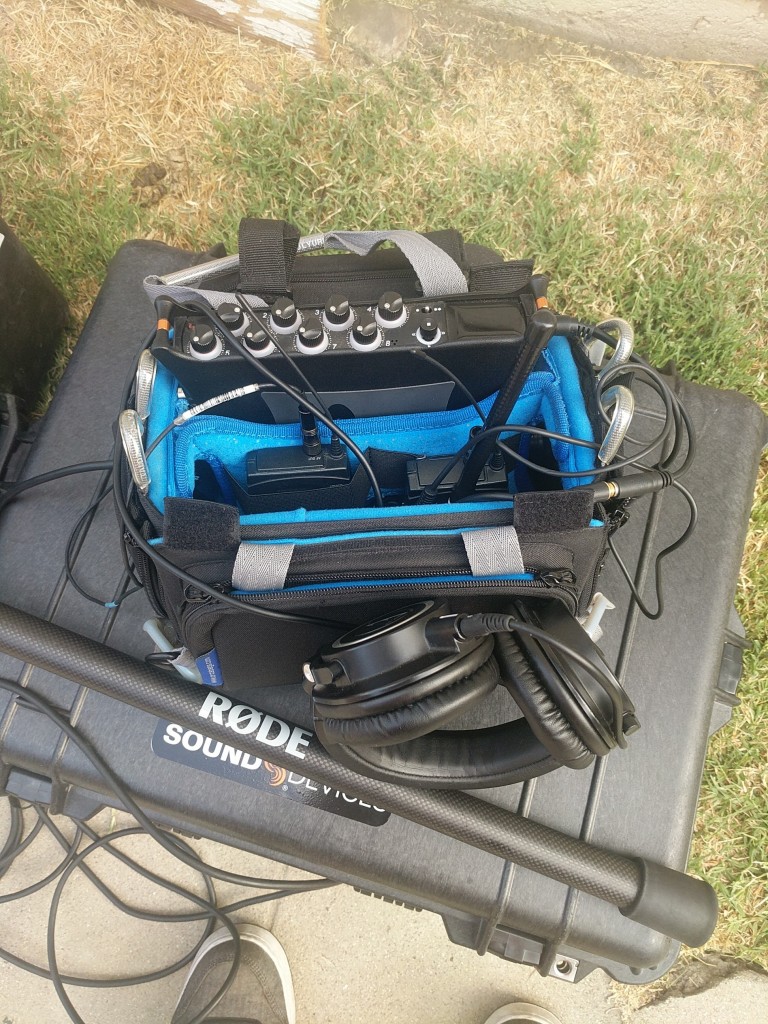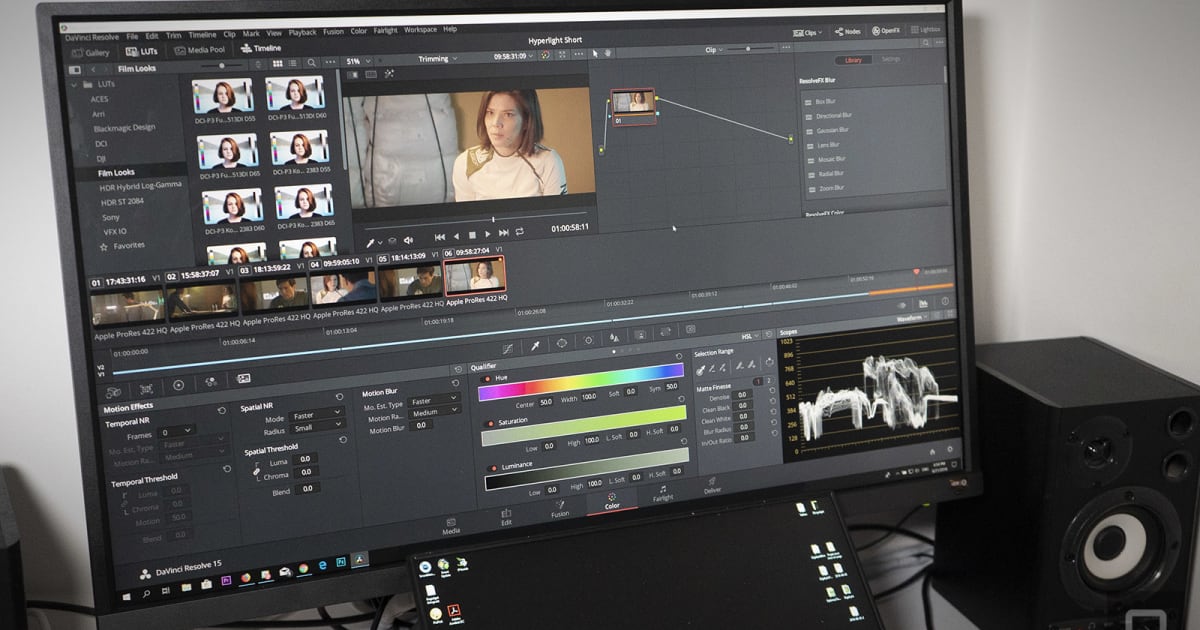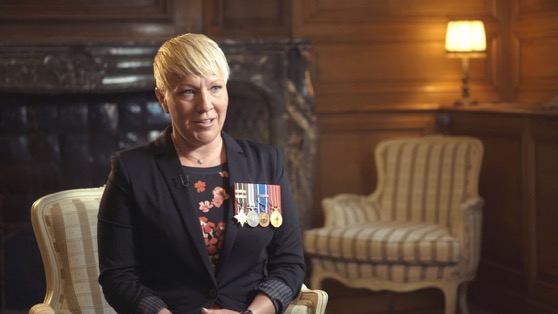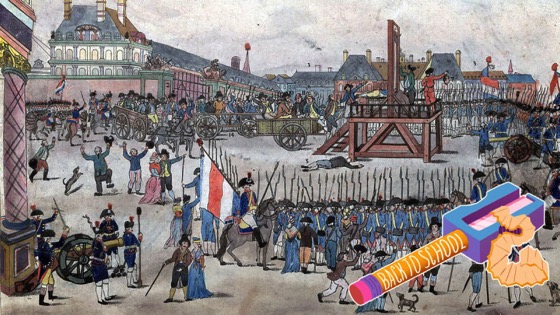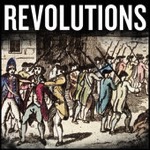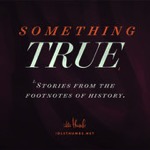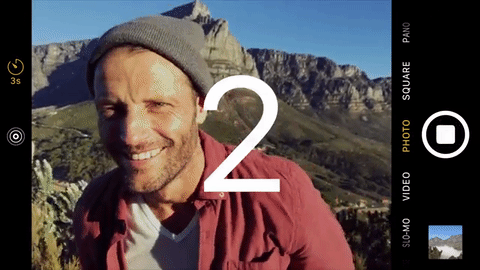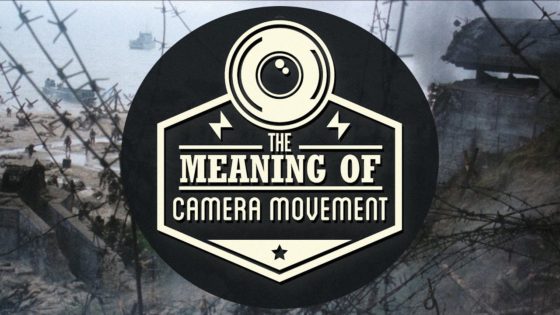

I first saw mention of Big Magic: Creative Living Beyond Fear in some magazine I was reading. There were several writing and creativity books mentioned and I quickly requested those I hadn’t previously read from my local library. What I hadn’t noticed, until I started reading the book was that it was written by Elizabeth Gilbert, author of Eat Pray Love. This often happens to me. I don’t recognize famous people out in public or important people in a company or government. It is just not something I am attuned to. In this case, I might not even have started to the read the book had I known more about the author. Sometimes coming to a new resource “cold” allow you to take in important lessons without any preconceptions.
One big thing I agree with Gilbert on is that writing — like many creative pursuits — is indeed magic. Whether I have been writing, performing music, singing with a choir, performing solo or walking onstage in the play or musical, there is something amazingly magical in what results. Thinking that creativity is magic doesn’t mean that it is unattainable for everyone, though, only that we have to treat creativity as something that is special and — most importantly — something that everyone should experience, as often as possible, in their lives.
Big Magic isn’t a book about writing, with special exercises, meditations, or prescriptions. Rather it is a book about having and coping with a creative life. Creativity is always seen as something special — found only in select others — and this can lead to our own denial of its power and rewards and our own abilities. In a section entitled Permission, Gilbert says that we should all be “entitled”. This is a loaded word these days, but the fact is, we should all feel entitled to engage in creativity throughout our lives, regardless of what others might say or do or how much they try to dissuade us. Creativity is a certain, inalienable right, like those others laid out in the Declaration of Independence. In fact, I consider it one large part of “the pursuit of happiness” that Jefferson gave such importance.
One of the most important lessons Gilbert imparts is one that many creatives might not want to hear. She says that, in most cases, you shouldn’t depend on or expect your creativity to support you financially. In fact, she thinks this is one of the best ways to kill of your creativity entirely. If you expect your music or poetry or photography to support you, you quickly turn the magical into drudgery. What you once loved to do becomes a hateful burden and if allowed to continue, will kill your desire to create.
Sure, some lucky few might be able to support themselves from their creativity, but most will not. In fact, she says, “with rare exceptions, creative fields make for crap careers. (They make for crap careers, that is, if you define a “career” as something that provides for your financially in a fair and foreseeable manner, which is a pretty reasonable definition of a career.)”
No matter how successful you may become, there will still be aspects of any job that you hate — the bureaucracy, the finances, the constant travel and more. On the other hand, Gilbert says, “Creative living can be an amazing vocation, if you have the love and courage and persistence to see it that way.” For myself, I often say, “Love your creativity, but don’t necessarily expect for it to love you back.” There is much to be gained from creativity, but money not be the most abundant nor important.
Big Magic is divided into short, easily consumable, sections — more like a collection of essays, although unlike some similar books, it holds together well as a complete book, too. You can read it from cover to cover, as I did, or jump from essay to another as your mood — and your creative need — strikes you.
Come to Big Magic to help you understand and better manage your own creative life. Creativity is never an easy path, as either vocation or avocation, but it is amazing and something that everyone should experience in some way. Like most things in life, though, having a guide along a strange and confusing path is always more helpful than we might like to admit. Consider Big Magic one such guide in your creative life. Now, head out on your own creative journey.
Other books by Elizabeth Gilbert





See more of her books on Amazon
* A portion of each sale from Amazon.com directly supports our blogs
** Many of these books may be available from your local library. Check it out!
** 74 copies of Big Magic are available to check out from the Los Angeles Public Library
![Always Have Enough B-Roll With This 9-Shot Rule via DIY Photography [Shared]](http://welchwrite.com/blog/wp-content/uploads/2025/02/9-shots.jpg)

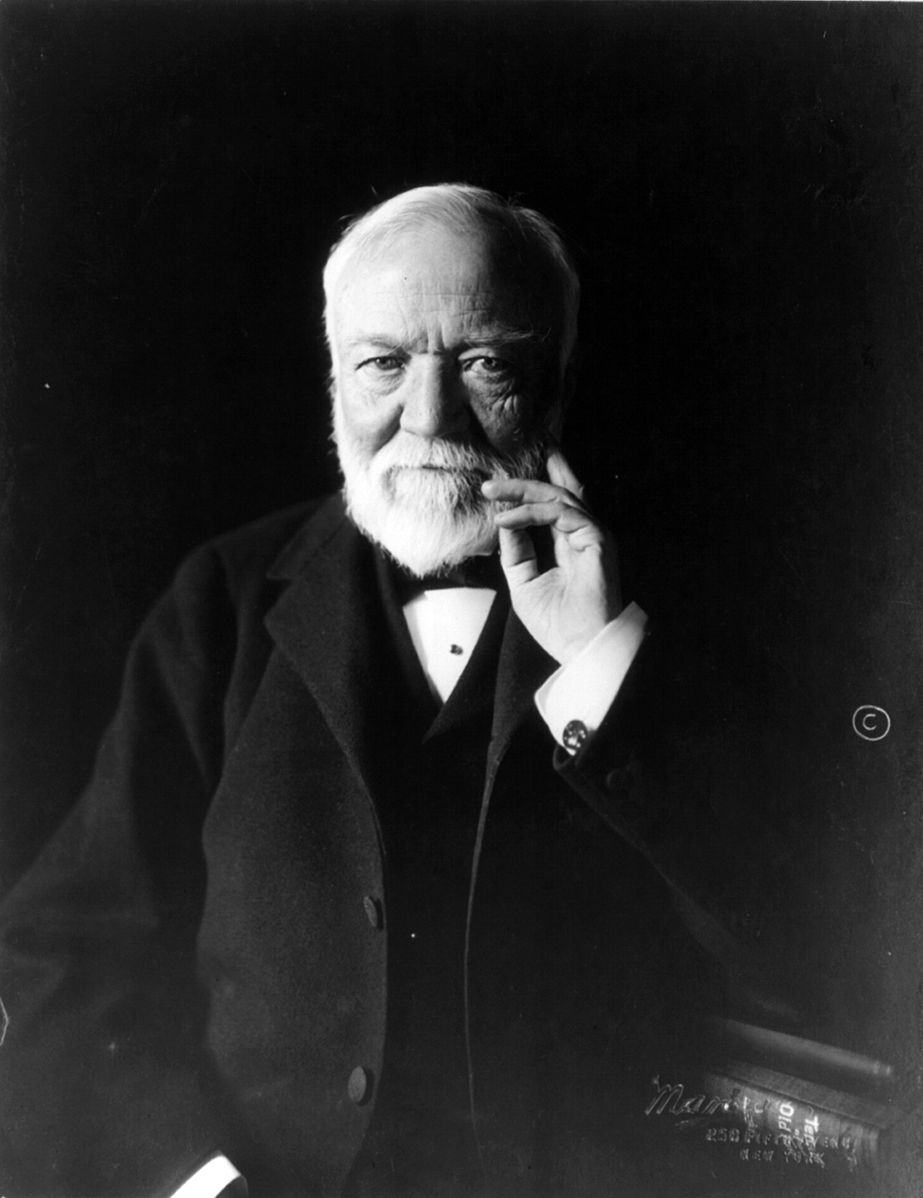


![Recently Listened: 99% Invisible: Palaces for the People [Audio]](http://welchwrite.com/cip/wp-content/uploads/2019/09/99pi-palaces.png)


